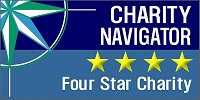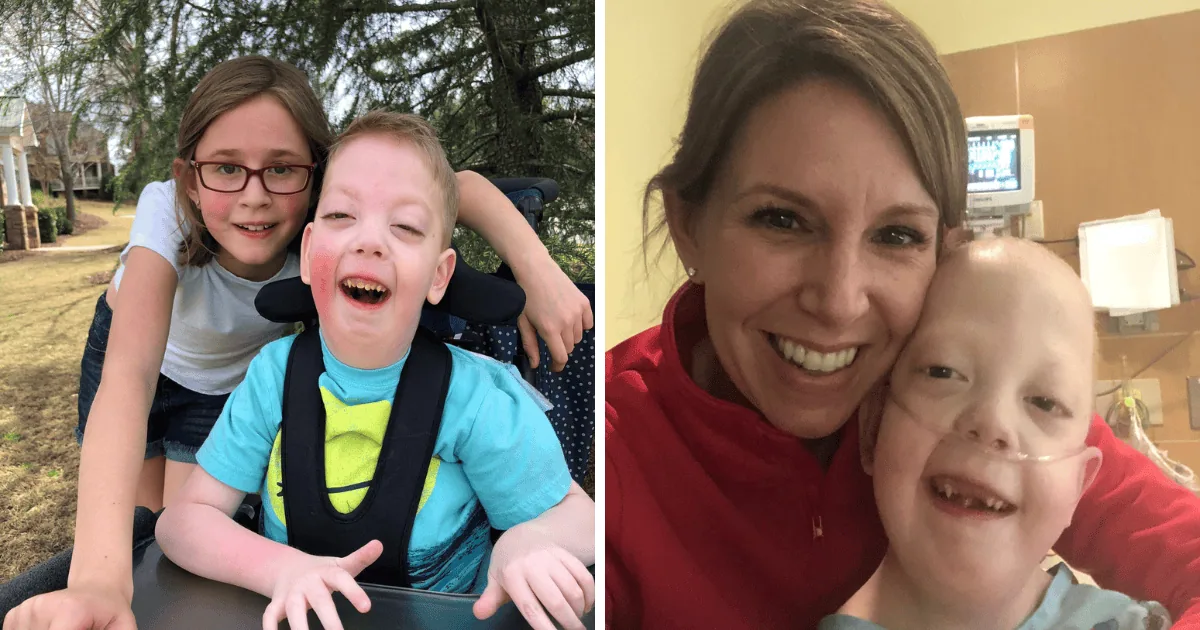
The name Kelson paid tribute to two Loveland family members, Nelson and Kelly. When his parents named him, they had no way of knowing how fitting his name would be. They soon learned there was a very similar nautical word, keelson, a structure added to a ship to strengthen its framework. As Kelson got older, everyone who knew him marveled at his added strength.
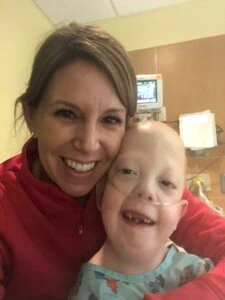
Despite all of the bad medical news, Kelson had a smile that could light up the world and taught himself how to communicate by clapping. He started to improve when he was six years old. But soon, he faced his biggest challenge, a brain tumor called a pilocytic astrocytoma. Despite treatment, the tumor continued to grow. As his health deteriorated, his family was forced to stop treatment in 2019. Kelson passed away on May 5, 2020, surrounded by his loving family. Before he passed, his family made a promise to him – to honor his life in every way they were able and to live their lives in a way that would make him proud. Throughout his (almost) nine years, Kelson’s life was deeply enriched by compassion and kindness their family will never forget.
There are three ways his family honors Kelson’s life.
Kelson’s Curtains
When Kelson began treatment on the Aflac floor at CHOA, Kelson’s mom, Becky, explained that the windows to the hallway were very large and let in a lot of light, making it hard to sleep. Says Becky, “At first, I tried taping up a medical pad with an entire roll of paper tape, which fell down as soon as I fell asleep.” Now, the Loveland family and a team of volunteers make them out of bright, cheerful flannel and deliver Kelson’s Curtains to other families fighting cancer.
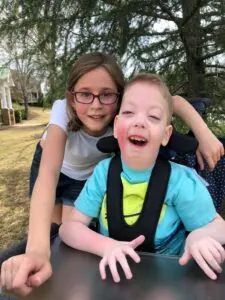
“For the seven days leading up to his birthday, we host a kindness campaign and encourage others to spread kindness in Kelson’s memory,” Becky explained. “Kelson’s sister came up with the idea when we were trying to decide how to celebrate his first birthday without him, and it has been the perfect way to honor him.”
Bub’s Run
“I’ve been a runner all my life, so it was an easy decision to host a 5k to honor Kelson’s memory,” Becky said. “The first Bub’s Run was held in our neighborhood on May 8, 2021, which was a year after Kelson’s passing. We just sent notes to family and friends, expecting a small group to show up, but nearly 80 people did and we raised $8000 for MUST Ministries. Since then, Bub’s Run has grown each year and raised nearly $100,000 in three years for various organizations that impacted Kelson’s life.
CURE is the beneficiary of Bub’s Run this year. To learn more about Kelson and his “Added Strength,” join Kelson’s family on Saturday, May 4, at North Cobb Christian School in Kennesaw. For more information and to sign up, visit https://www.adventuresignup.com/Race/GA/Kennesaw/BubsRun.
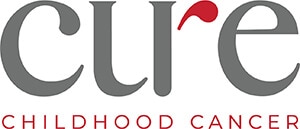
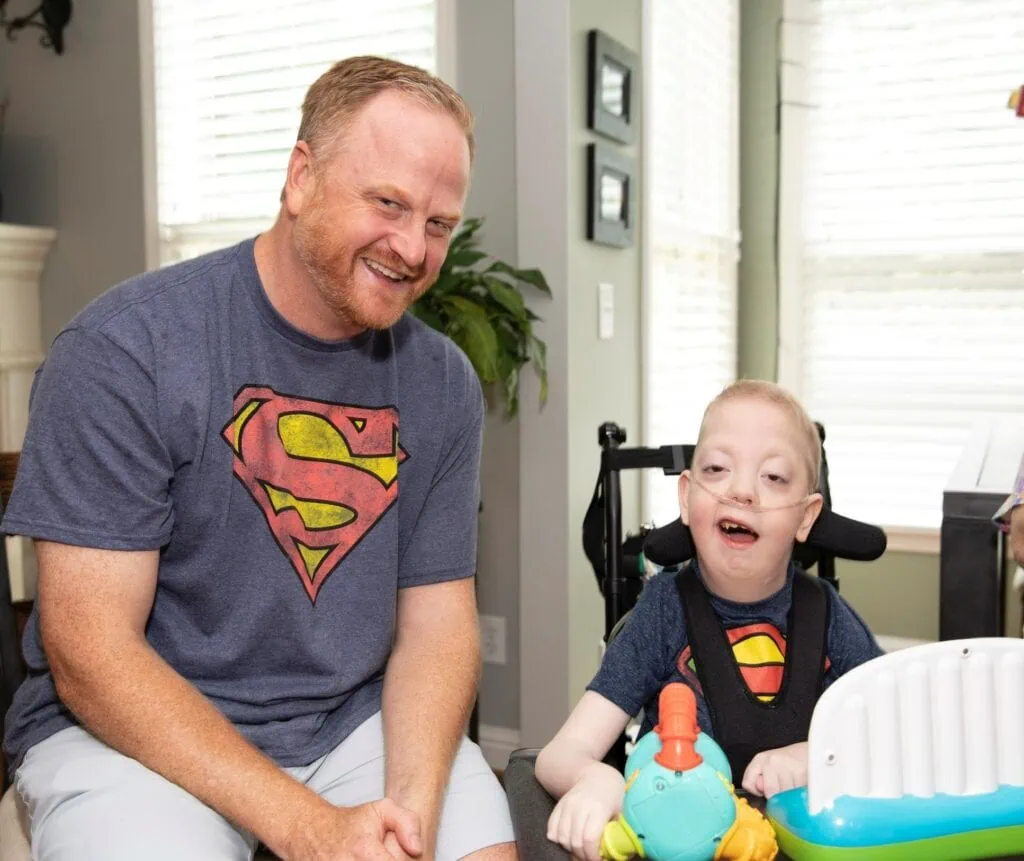
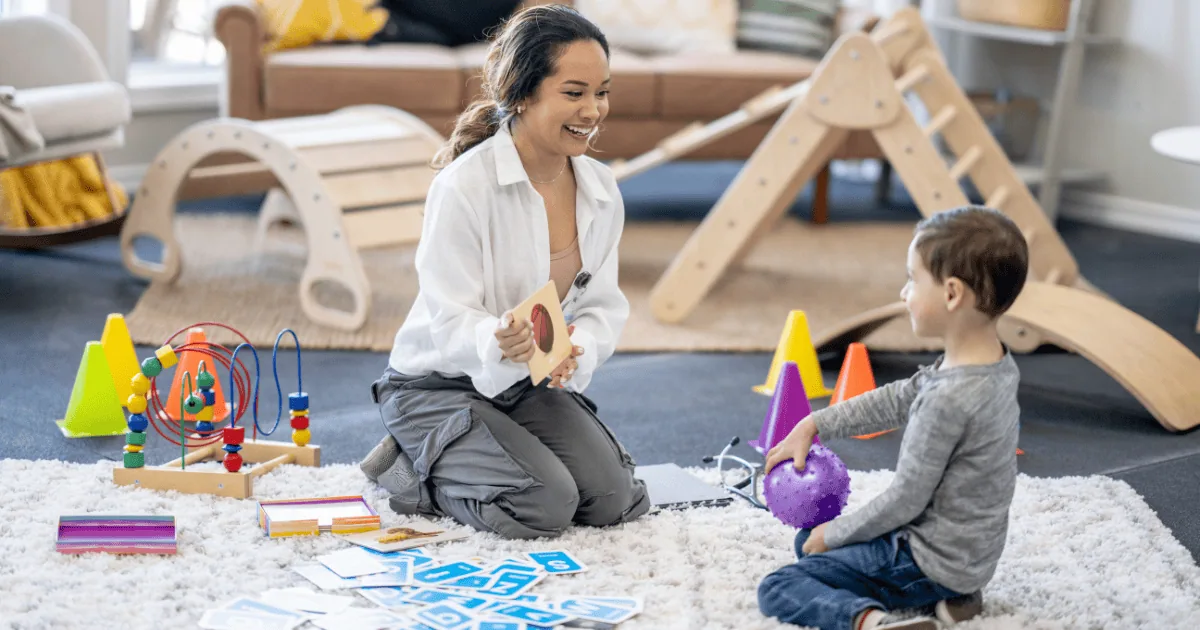
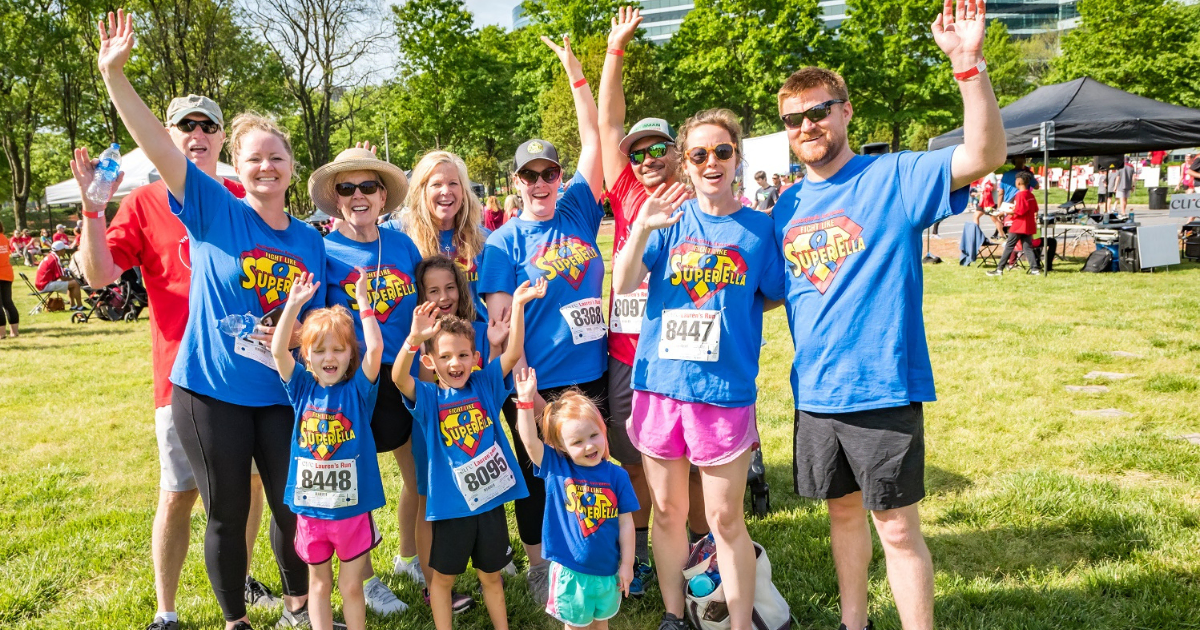
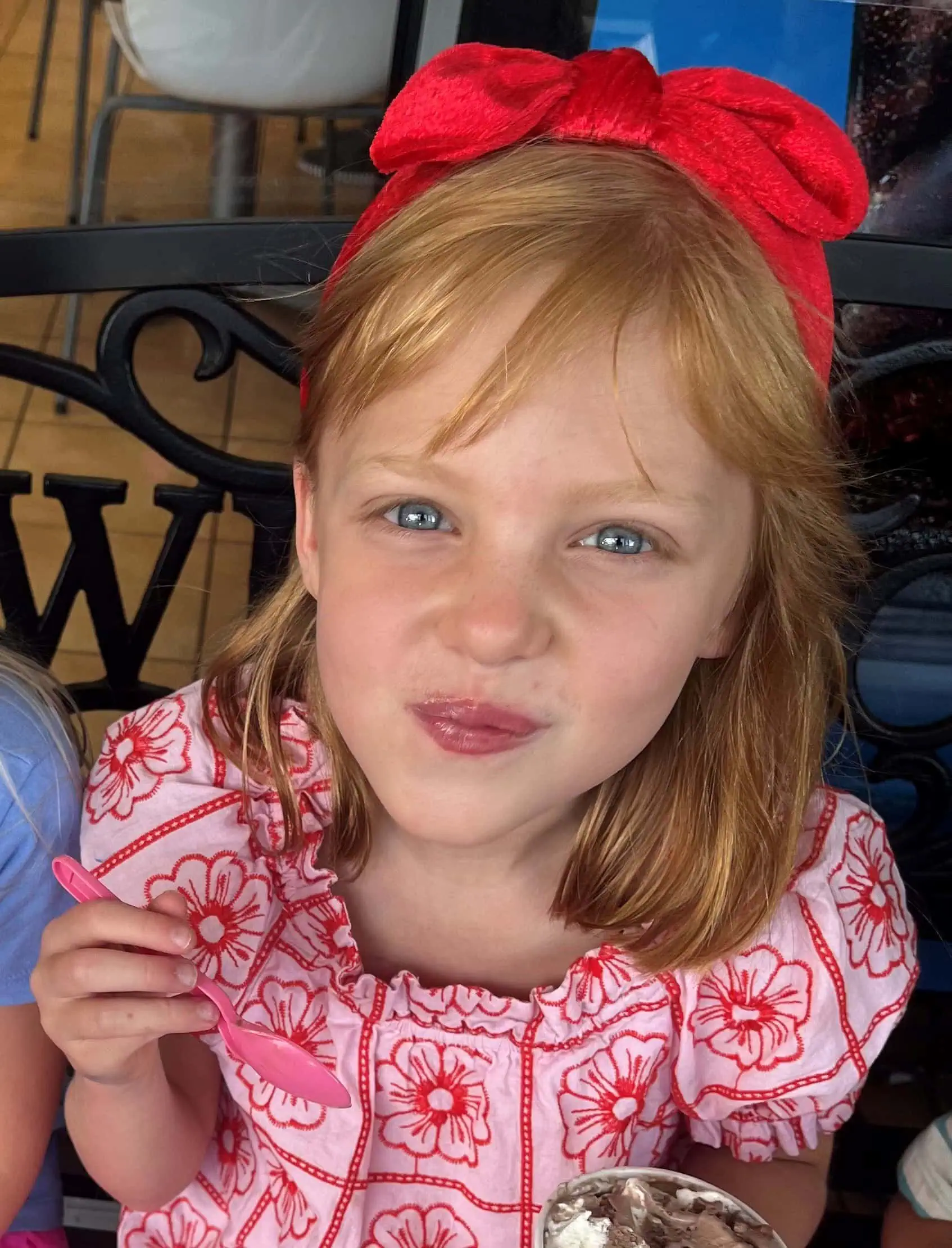 “You learn very quickly when you start treatment that you can’t ask questions about the future,” shared Ella’s mother, Allison. “Her doctors didn’t know if she would ever be able to eat or have a normal life. She didn’t learn to eat until she was 18 months old, and her mouth muscles didn’t develop. She had to have intense speech therapy until she was three years old. But she is a picture of resiliency and is now ahead of where she should be developmentally.”
“You learn very quickly when you start treatment that you can’t ask questions about the future,” shared Ella’s mother, Allison. “Her doctors didn’t know if she would ever be able to eat or have a normal life. She didn’t learn to eat until she was 18 months old, and her mouth muscles didn’t develop. She had to have intense speech therapy until she was three years old. But she is a picture of resiliency and is now ahead of where she should be developmentally.”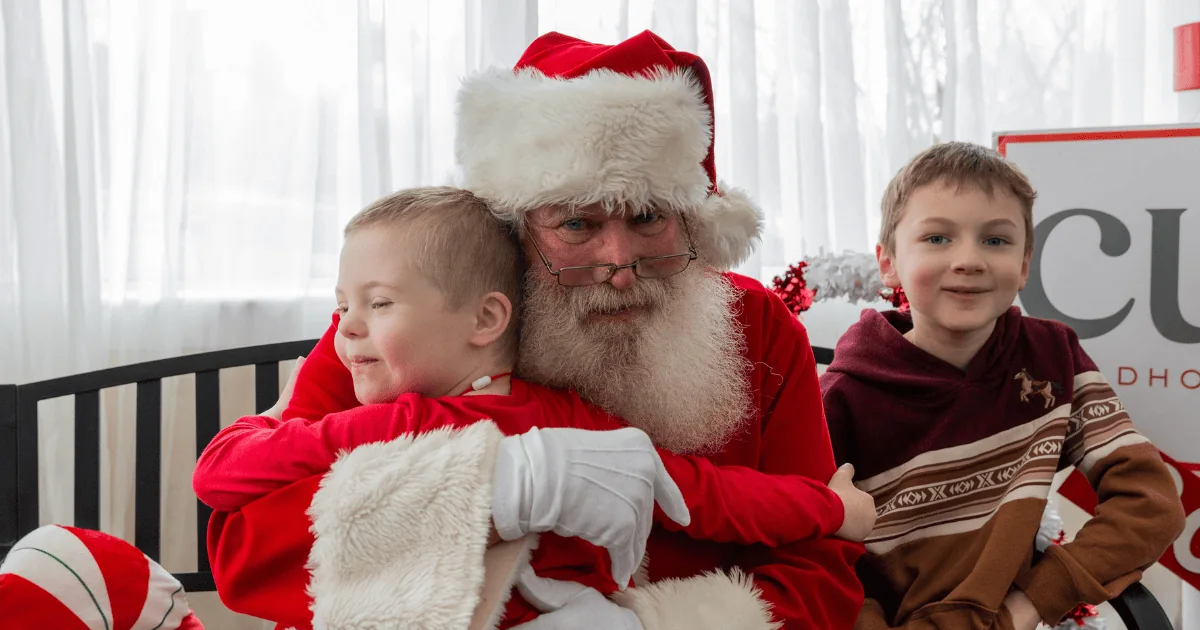





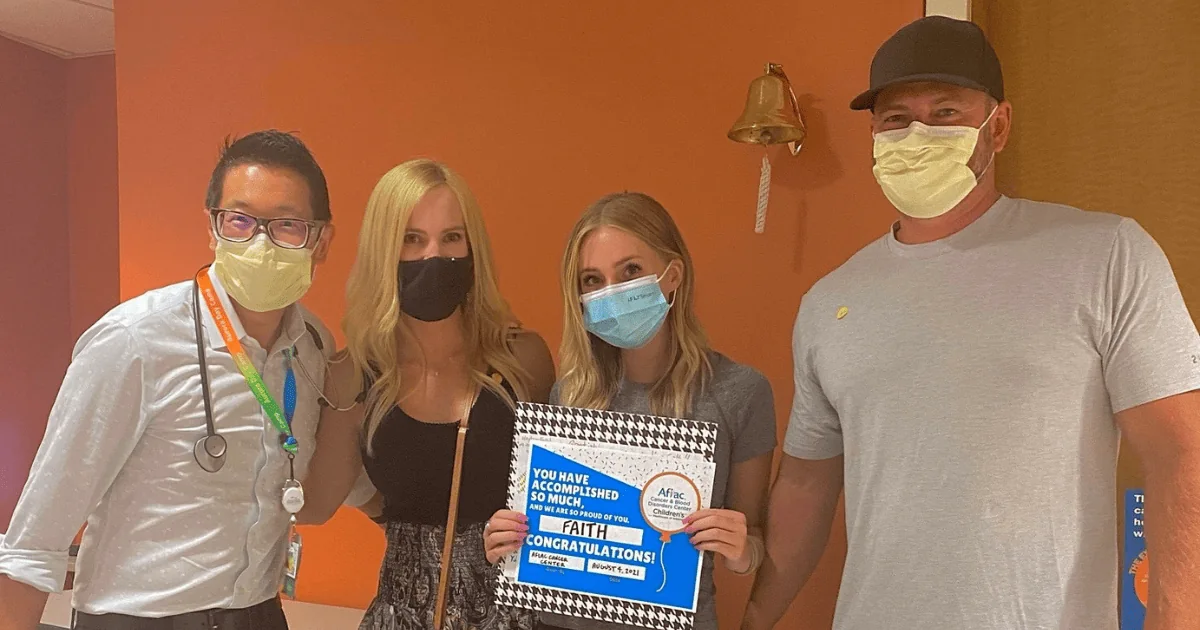
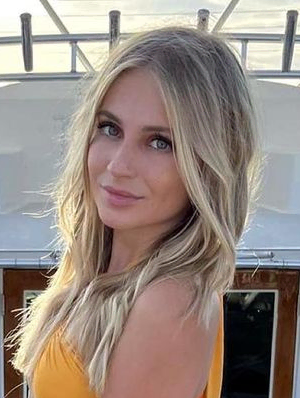
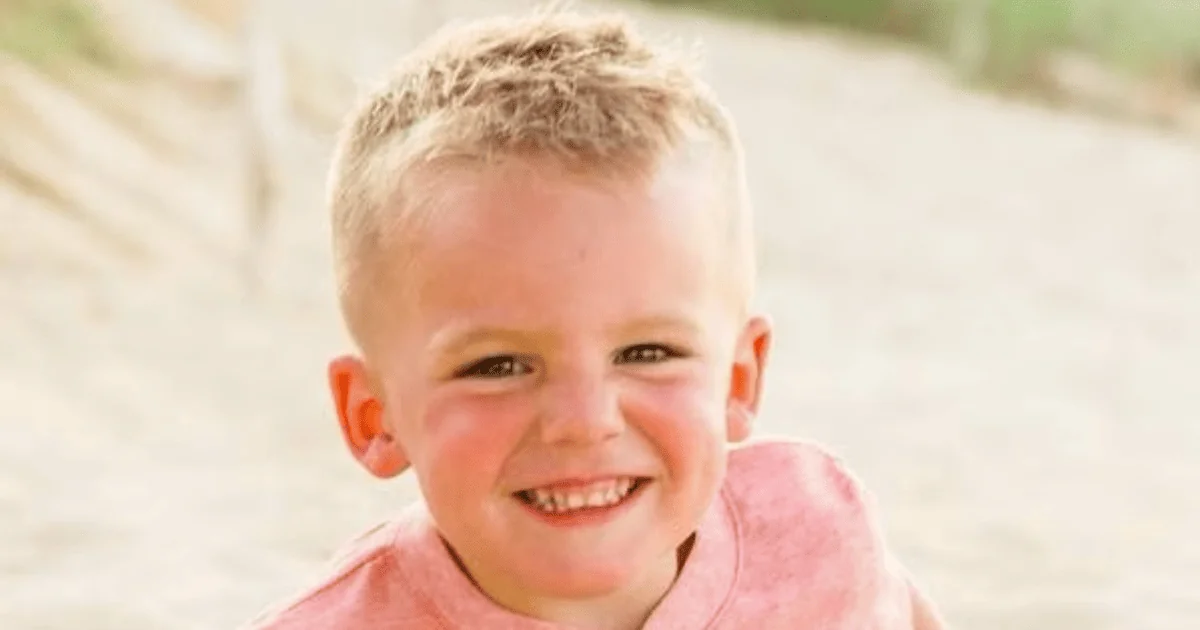
 Brad and his wife, Becky, were so alarmed that they took Carter to an urgent care practice, then to the emergency room. After testing, the original thought was that Carter had some kind of viral infection causing brain inflammation which triggered the abnormal behavior. A prescribed steroid treatment seemed to work. But after a week off of the steroids, the same strange behavior started again.
Brad and his wife, Becky, were so alarmed that they took Carter to an urgent care practice, then to the emergency room. After testing, the original thought was that Carter had some kind of viral infection causing brain inflammation which triggered the abnormal behavior. A prescribed steroid treatment seemed to work. But after a week off of the steroids, the same strange behavior started again.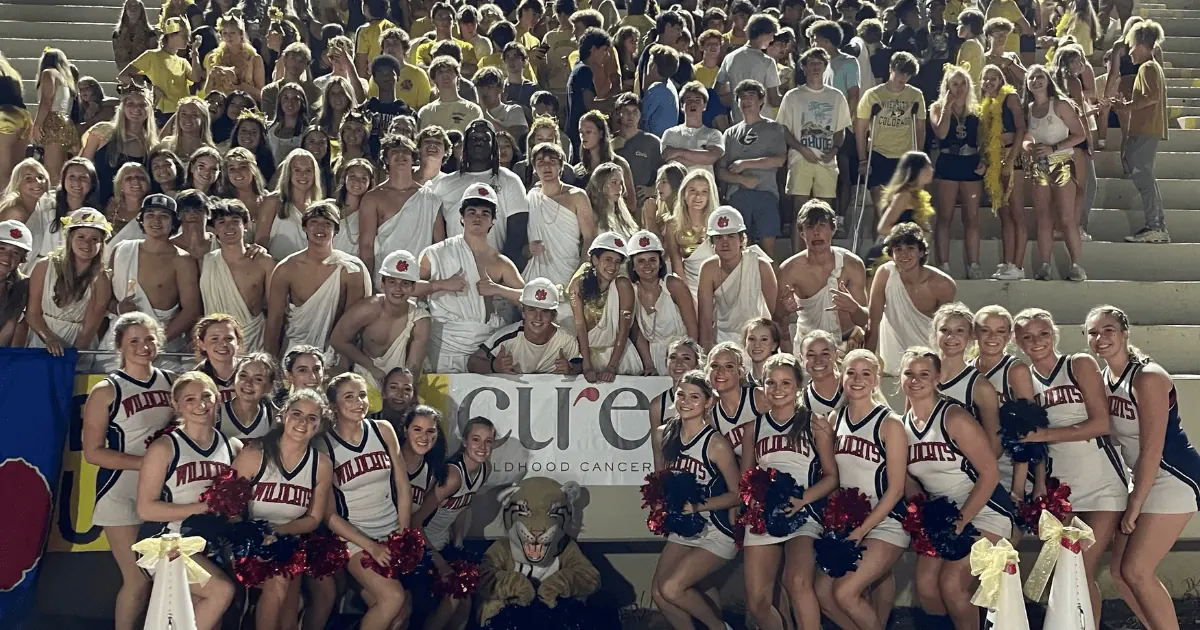
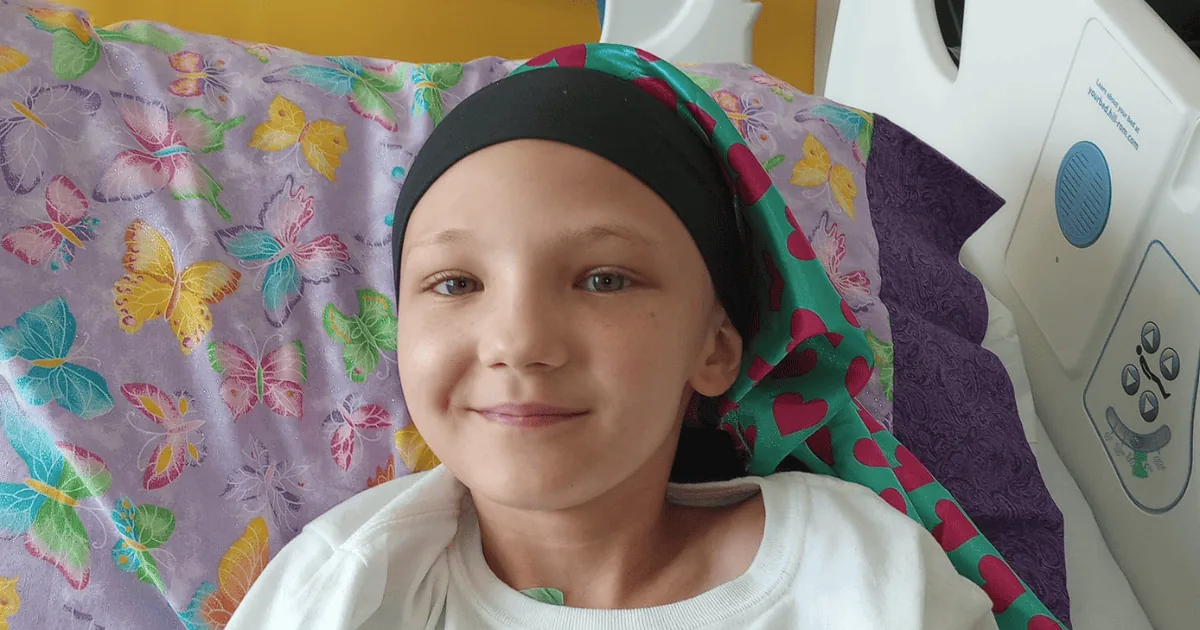
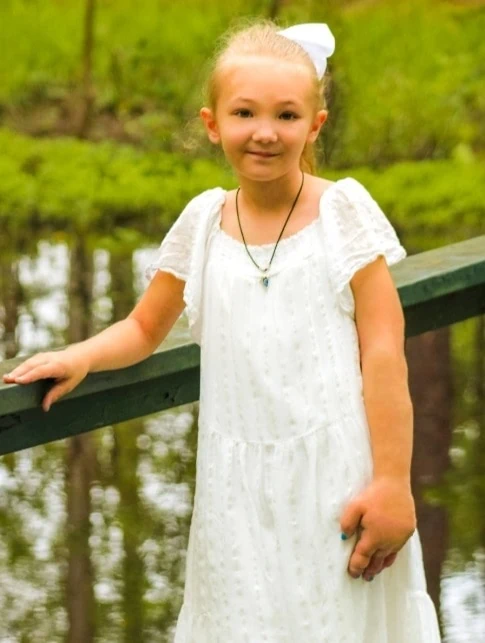
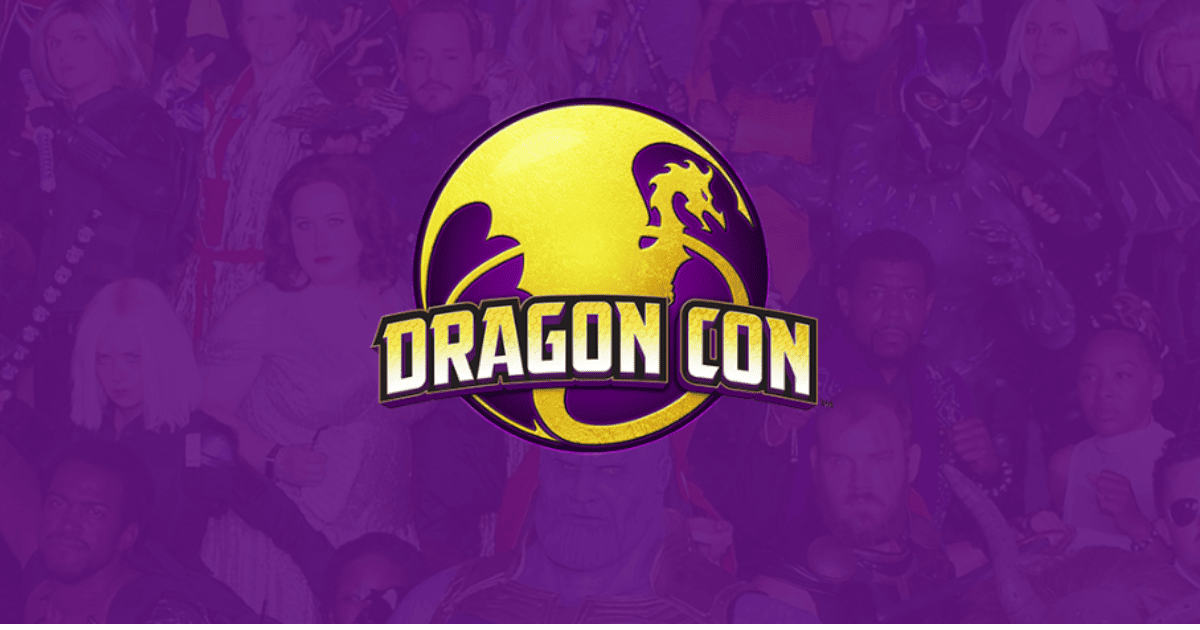
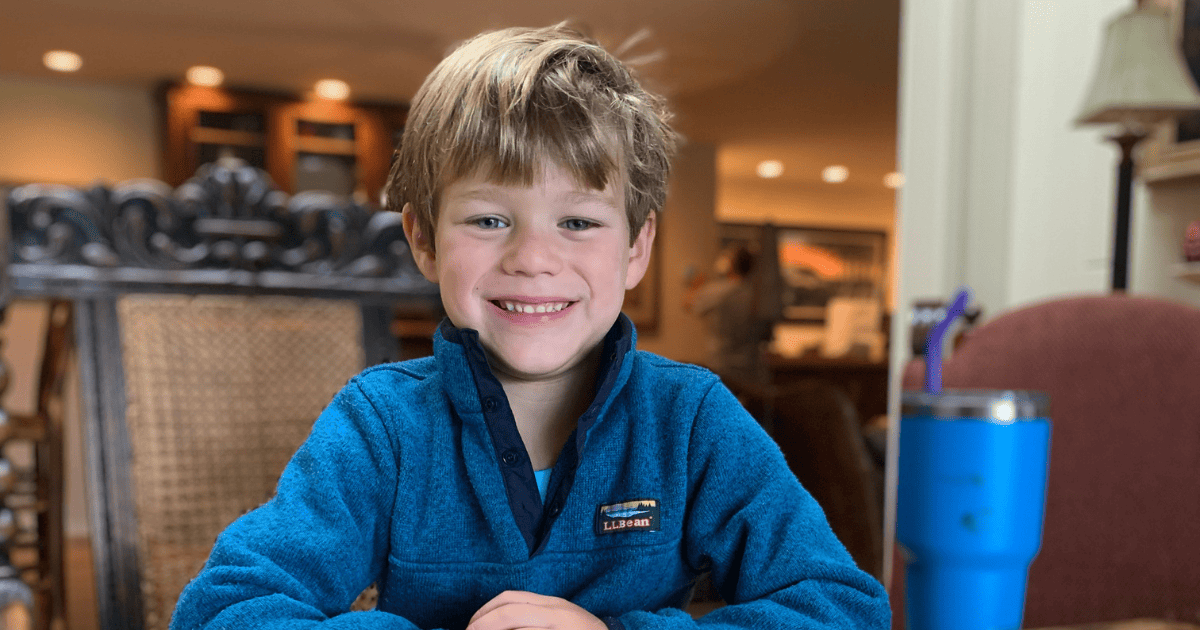
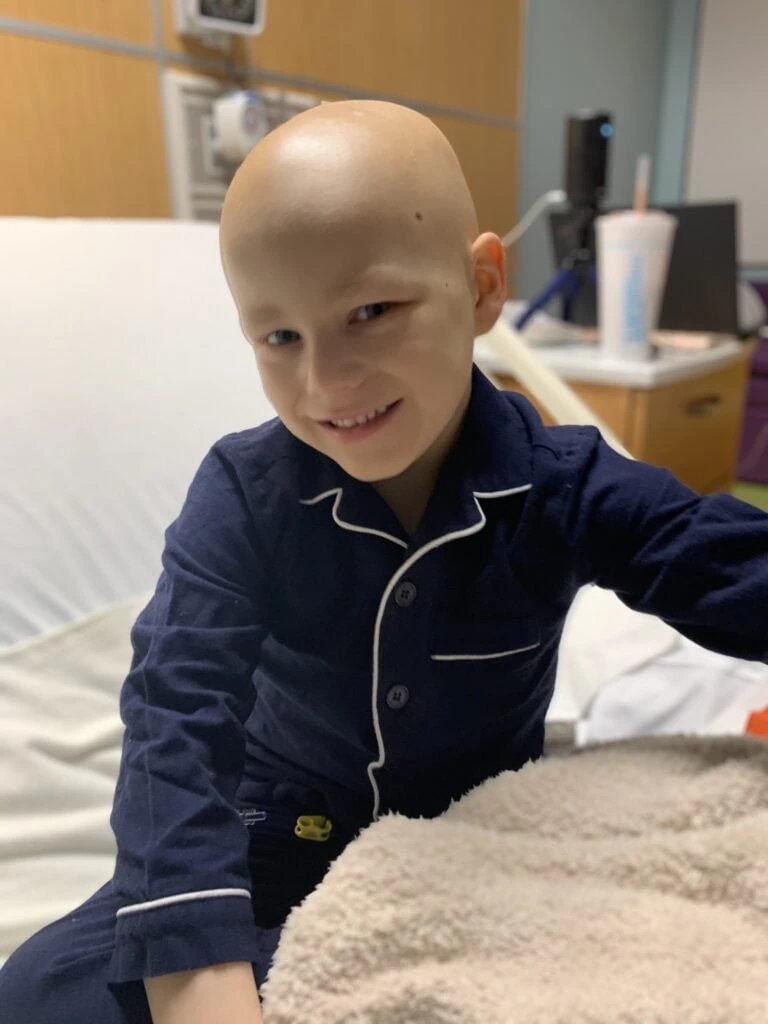 More bad news came as further testing revealed more than 100 tumors in Paul’s lungs and a lesion on his spine and left femur. After nine rounds of chemotherapy, his lungs were clear, and the tumors on his left femur and spine were gone. The next step in his treatment was surgery to remove half of his right femur and replace it with a telescoping rod that will expand as Paul grows. Following the surgery, Paul endured more chemo and radiation until he was declared cancer-free in June 2021.
More bad news came as further testing revealed more than 100 tumors in Paul’s lungs and a lesion on his spine and left femur. After nine rounds of chemotherapy, his lungs were clear, and the tumors on his left femur and spine were gone. The next step in his treatment was surgery to remove half of his right femur and replace it with a telescoping rod that will expand as Paul grows. Following the surgery, Paul endured more chemo and radiation until he was declared cancer-free in June 2021.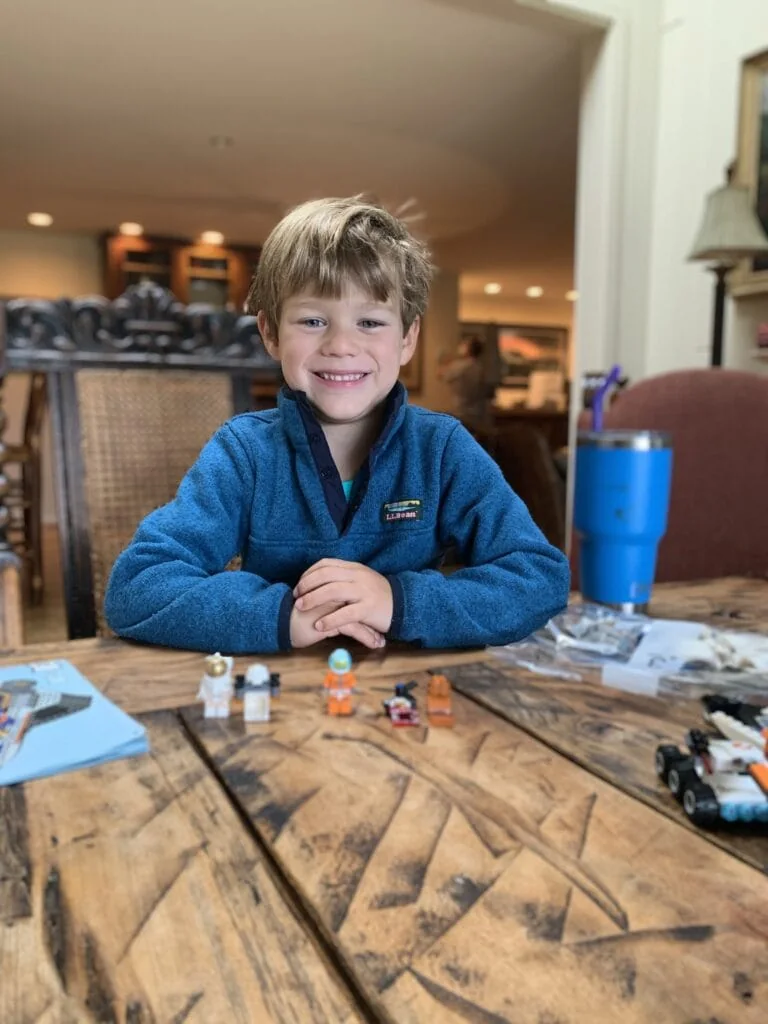 Paul’s parents turned to CURE for help, and Paul now works with a therapist to help unlock his feelings about his cancer experience and to learn how to express his emotions. It seems to be helping him greatly. But Paul wasn’t the only one who needed support.
Paul’s parents turned to CURE for help, and Paul now works with a therapist to help unlock his feelings about his cancer experience and to learn how to express his emotions. It seems to be helping him greatly. But Paul wasn’t the only one who needed support.